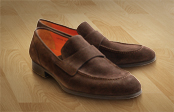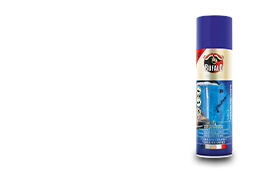- Products
- Classic
- Fine Shoe Polish Fine Shoe Polish Búfalo Fine Shoe Polish contains real beeswax.
It nurtures and protects all smooth and artificial leathers.
More information.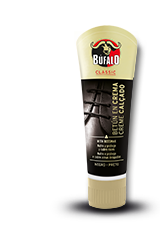
- Shoe Polish Shoe Polish Búfalo Shoe Polish contains real beeswax.
It nurtures all kinds of robust and smooth leathers.
More information.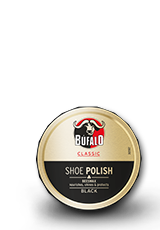
- Leather Grease Original Leather Grease Búfalo Original Leather Grease with a waterstop formula.
The ideal intensive care for all heavy-duty leather footwear such as work, trekking and football shoes.
More information.
- Leather Care Lotion Leather Care Lotion Búfalo Leather Care Lotion contains real beeswax.
It nurtures all smooth leather items requiring special care, such as bags, furniture, car seats and shoes.
More information.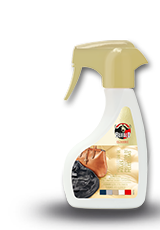
- Conditioner Conditioner Nubuck Búfalo Conditioner Nubuck with a
long-term protection formula.
The perfect treatment for all suede, nubuck and velour items.
More information.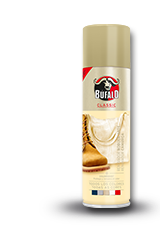
- Suede leather brush Brush for suede leather The Búfalo brush for suede leather serves several purposes when it comes to caring for nubuck and suede leather.
The brush for suede leather cleans and roughens up the leather. More information.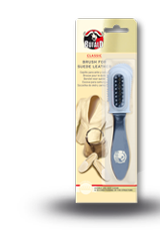
- Sneaker Detergent Sneaker Detergent Búfalo Sneaker Detergent with Neutraroma®. A powerful detergent
for all washable shoes at 30°C. More Information.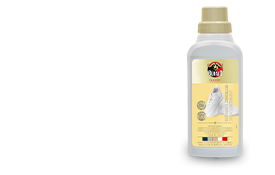
- Fine Shoe Polish
- Express
- Self-Shining Cream Self-Shining Cream Búfalo Self-Shining Cream with a superior glossy-shine formula.
It is a self-shining cream for all smooth leather shoes.
More information.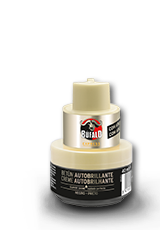
- Self-Shining Liquid Self-Shining Liquid Búfalo Self-Shining Liquid contains real almond oil.
Quick application and premium quality for smooth leather shoes.
More information.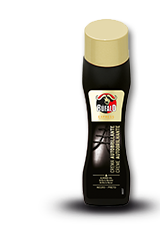
- Shoe Sponge Shoe Sponge Búfalo Shoe Sponge contains real beeswax.
It is a self-shine product for all smooth leather shoes. More information.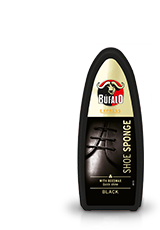
- Self-Shining Cream
- Protect
- Recolor
- Leather Dye Leather Dye Búfalo Leather Dye with colour boost formula.
It renews and refreshes the color of all smooth leathers.
More information.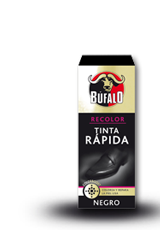
- Blanco Blanco With its titanium formula and high opacity, Búfalo Blanco is suitable for all types of white footwear.
Marks are covered quickly and effectively.
More information.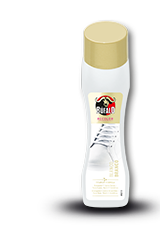
- Leather Dye
- Classic
- Product Finder
- Service
- About Búfalo
- Contact

The right care for every leatherThe perfect summer shoeThe perfect winter shoeCaring for velour fashion boots
Chewing gum stuck to your shoeKeeping your shoes freshA secret tip for extra shineHow to hide scratches on heels
The right way to waterproof Caring for your handbagLooking after football shoesThe right care for suede shoes
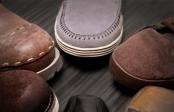
The right care for every leather

The perfect summer shoe
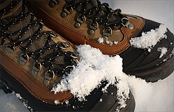
The perfect winter shoe
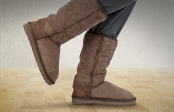
Caring for velour fashion boots
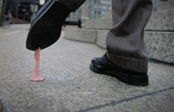
Chewing gum stuck to your shoe
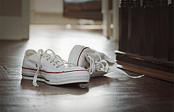
Keeping your shoes fresh
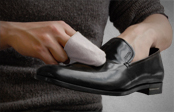
A secret tip for extra shine
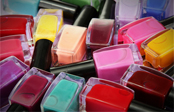
How to hide scratches on heels
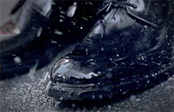
The right way to waterproof
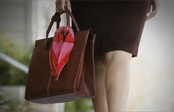
Caring for your handbag

Looking after football shoes
